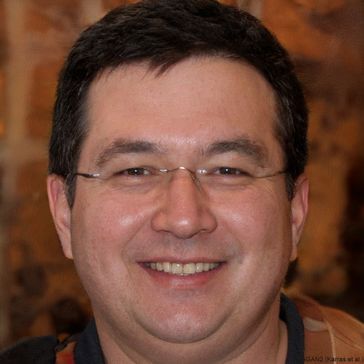A stroke occurs when the blood supply to a part of the brain is interrupted, leading to a lack of oxygen and nutrients. This can result in brain cells being damaged or dying, causing a range of physical, cognitive, and emotional challenges. Fortunately, while brain cells may not regenerate the way other cells in the body do, the brain has an incredible ability to adapt and heal through processes like neuroplasticity. The good news is that there are several ways to support brain healing after a stroke.
1. Rehabilitation Therapy: The Key to Recovery
Rehabilitation plays a pivotal role in healing the brain after a stroke. Physical therapy, occupational therapy, and speech therapy are essential for helping individuals recover lost skills and adapt to new ways of performing daily activities. These therapies focus on improving motor skills, speech, cognitive function, and coordination.
Physical therapy helps regain strength, balance, and coordination, particularly when a stroke affects movement.
Occupational therapy focuses on re-learning skills needed for daily life, such as dressing, cooking, and driving.
Speech therapy works on improving language, communication, and swallowing abilities, which may be affected by stroke.
These therapies encourage the brain to re-wire itself by forming new neural pathways, allowing individuals to regain function even in areas previously impaired.
2. Neuroplasticity: The Brain's Remarkable Ability to Heal
The brain is capable of adapting to injury by reorganizing itself, a process known as neuroplasticity. After a stroke, the brain's undamaged areas may take over the functions of the damaged regions. While this process is gradual and often requires consistent practice, neuroplasticity allows people to improve over time, even years after the stroke.
Stimulating the brain through tasks like writing, reading, and physical exercise helps form new connections between neurons. This is why stroke recovery requires regular and sustained effort to engage the brain in rehabilitative activities.
3. Medications and Medical Treatments
While there is no direct "cure" for stroke-related brain damage, certain medications and medical interventions can assist in the recovery process.
Antiplatelet drugs or anticoagulants help reduce the risk of another stroke.
Neuroprotective medications are being researched to protect brain cells from further damage after a stroke.
Stem cell therapy is being explored as a potential treatment to promote tissue repair and regeneration, although this is still in experimental stages.
In some cases, botox injections or surgical interventions may also be used to treat symptoms like spasticity or contractures that arise as a result of stroke-related motor impairments.
4. Nutrition and Supplements for Brain Health
A healthy diet is crucial for brain recovery after a stroke. Certain nutrients support brain function and can assist in healing processes. Omega-3 fatty acids, found in fatty fish like salmon, have anti-inflammatory properties and may help repair brain cells. Antioxidants, such as vitamins C and E, protect the brain from further damage by reducing oxidative stress.
Magnesium and B vitamins, particularly B12, are essential for nerve health and function.
Polyphenols, found in foods like berries, dark chocolate, and green tea, may improve brain circulation and support neuroplasticity.
Staying hydrated and following a balanced, nutrient-rich diet can improve energy levels, cognitive function, and overall brain health.
5. Mental and Emotional Support
Stroke recovery isn’t just about physical rehabilitation — emotional well-being is just as important. Anxiety, depression, and frustration are common in stroke survivors, so mental health support is critical. Speaking with a therapist, joining a stroke support group, or engaging in activities that promote relaxation and stress relief (like yoga or meditation) can positively affect brain recovery by reducing stress and improving mood.
6. Exercise and Physical Activity
Physical activity is vital for both brain health and overall recovery. Exercise improves blood flow to the brain, helps with cognitive function, and promotes neuroplasticity. Aerobic exercises, like walking, swimming, or cycling, as well as strength training, have been shown to boost brain function and support healing.
Healing the brain after a stroke requires a holistic approach that combines rehabilitation, medical treatment, nutrition, exercise, and emotional support. While the recovery journey may be long, with consistent effort and support, many stroke survivors can regain independence, improve their quality of life, and continue to heal. The brain’s remarkable ability to adapt, combined with these targeted strategies, provides hope for recovery and renewal after a stroke.

